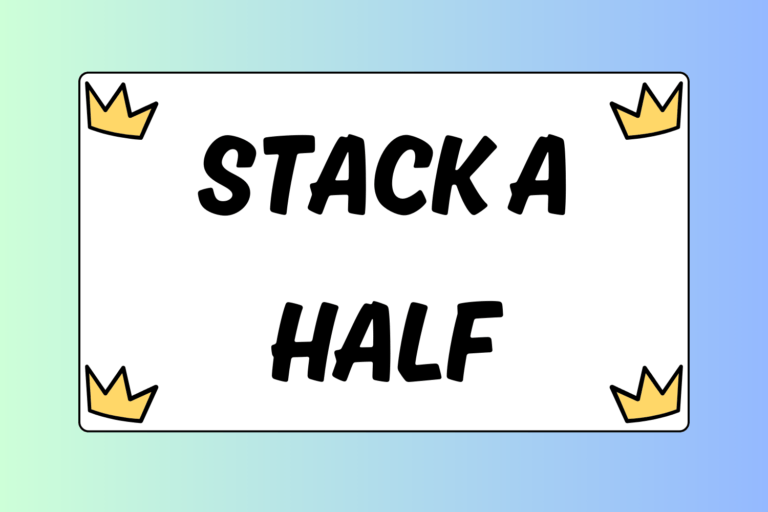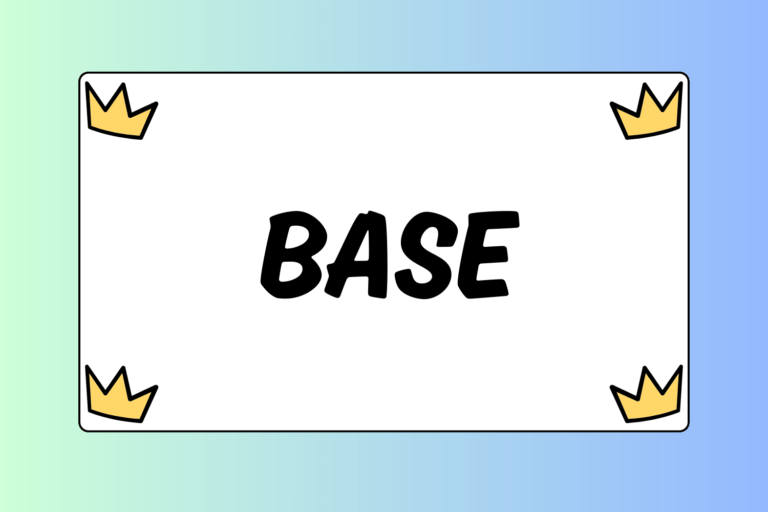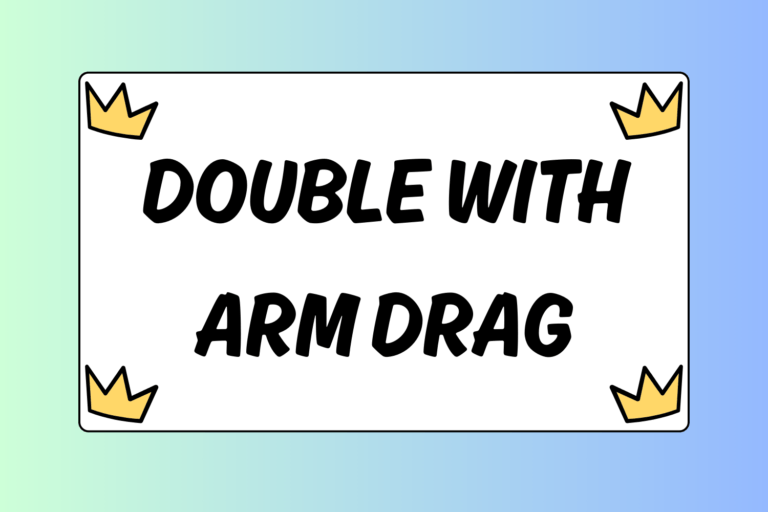The suplex, or souple, is not only the most dominant type of throw in wrestling, but is inarguably the single most exciting move in all of international competition. Russia’s three-time Olympic gold medalist Alexander Karelin and Egypt’s Olympic champion Karam Gaber are just two examples of outstanding throwers that have dominated the world rankings using variations of this move.
Learning the suplex is an important technical milestone in freestyle and Greco-Roman wrestling and allows for major scoring opportunities at all levels.
Practice these steps to help you score a five-point throw just like the pros. Make sure that you have properly warmed up, with your back and posterior chain muscles stretched before you attempt to suplex a partner.
Step 1: Pushing Off
To complete a suplex, you need a tight body lock. A loose grip could lead to a failed throw and the possibility of injury to both you and your partner. The butterfly lock is the most effective lock for most wrestling techniques. Make sure to pinch your elbows tight, holding your opponent tight to your body.
Your body lock should be around your opponent’s midsection, slightly above or below his or her belly button—sometimes your hands will reach all the way to your elbows, depending on the length of your arms and size of your opponent’s midsection.
For the purpose of this guide, you should be either directly behind your opponent or straddling one of their legs.
Step 2: Pop Your Hips & Lift
With your tight body lock, bend your knees slightly to get under your opponent and “pop” your hips into him or her.
Make sure you are in a low enough position to get under your opponent. This will make it quicker and easier to force your hips into your opponent rather than trying to muscle them up without good positioning.
In this position there is a common misconception that lifting your opponent requires great arm strength, and although upper body power does factor into the throw, the majority of the required strength is in the hips.
Step 3: Set Your Hips: Sit in “The Chair”
Once you have lifted your opponent off of the ground, you are ready to throw. To complete the throw you will again need to set your hips.
- Lower your elevation into a squatting position with your hips lower than those of your opponent’s.
- Imagine that you are “sitting” in a chair. This will help properly set your hips into position to successfully complete the throw.
Step 4: Back Arch & Throw
The back-arch is an important part of the throwing process.While you are in the squatting or “sitting” position, arch your back and look backwards.
As you do this, throw your opponents body over your head by bringing your tight body-lock directly up over your own head. As you arch and throw backwards, your weight should be supported by your toes.
In most cases it is alright to turn and throw over your shoulder, slightly off to the side. The goal is to get your opponent’s back to touch first, so make sure you raise your lock way over your head to prevent him or her from landing on top of you.
Step 5: The Landing
As you complete the throw and land, you want your opponent’s body to hit the mat first, preferably on his or her shoulders. Make sure you do not stop the motion of the throw mid-air.
Bring your tight body-lock above your head and apply pressure into the throw until you feel your opponent’s body land. As your opponent hits the mat you should land in the back arch or neck bridge position.
Do not rest the weight of your opponent on your head or face. Make sure that you are in a deep arching position, using your opponent’s shoulders/body to support your weight as well.
Sometimes the official will award you the fall when your opponent’s shoulders hit the mat. In the case that you do not earn the fall, use your heels to push off of the mat and position yourself on top of your opponent.
Fun Fact:
At the 1972 Summer Olympics in Munich, Germany, 280lb German Wilfried Dietrich clamped on a body lock and threw 400+lb. American Chris Taylor to his back with a belly-to-belly suplex to win the gold medal in Greco-Roman. Many argue that this was and remains the most amazing throw in the history of wrestling.
Ready to Throw
Make sure to practice this technique while keeping all of these key points in mind. If done correctly, the suplex could earn major points in freestyle and Greco and could quite possibly earn you a fall. Learning to throw a suplex will not only make you dangerous to every opponent you face in competition, but will also help you practice fundamental lifting and throwing techniques that will translate to improvements in other moves and holds as well.





